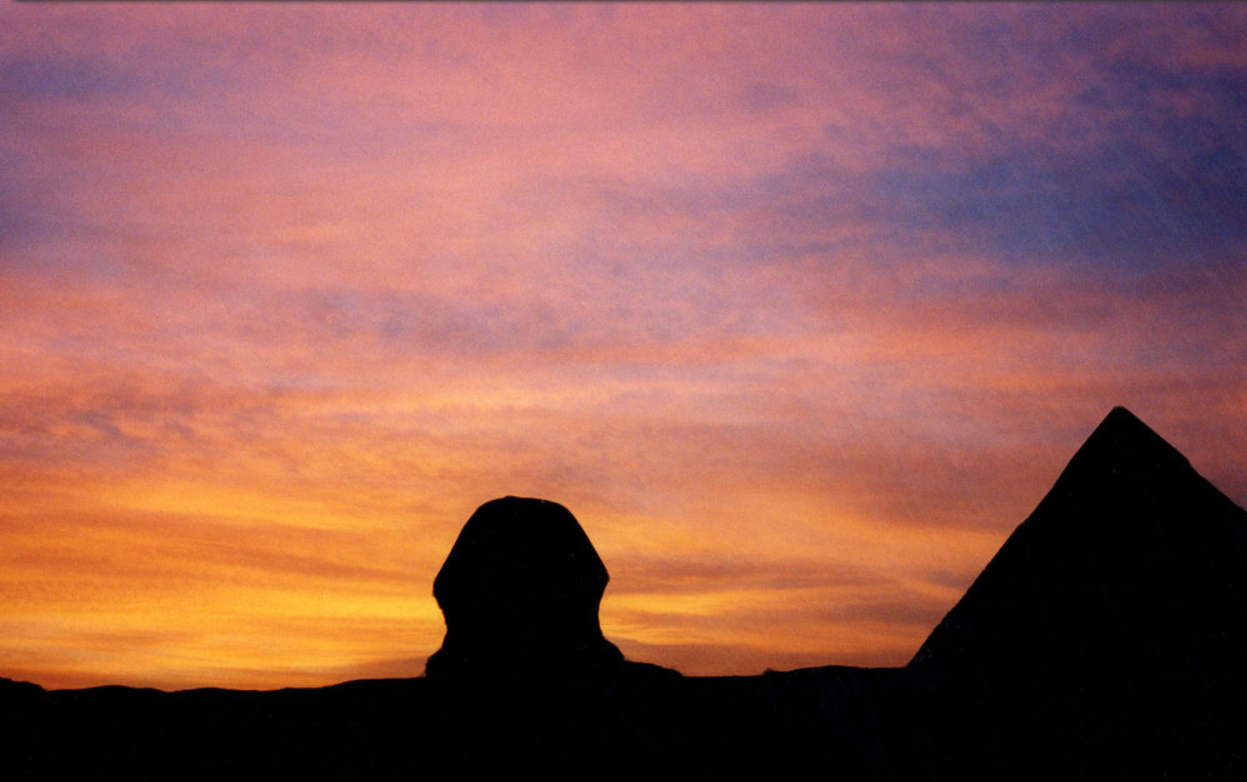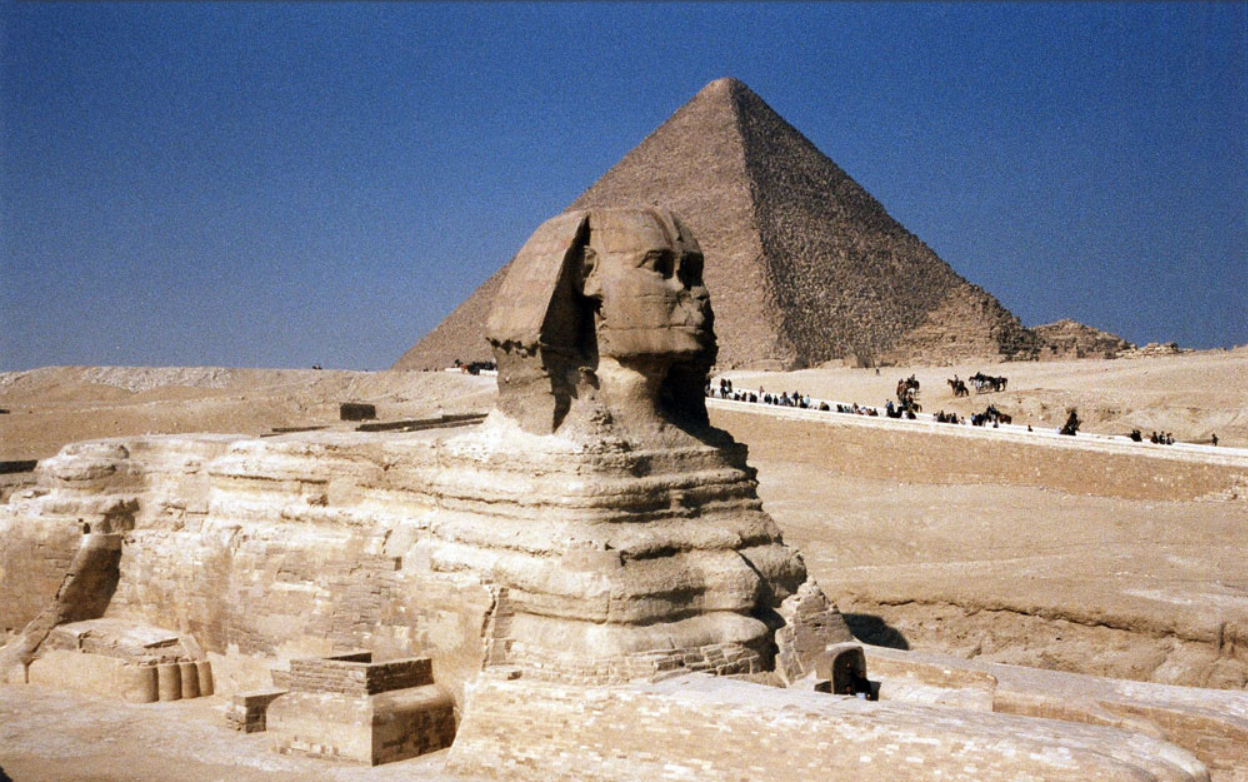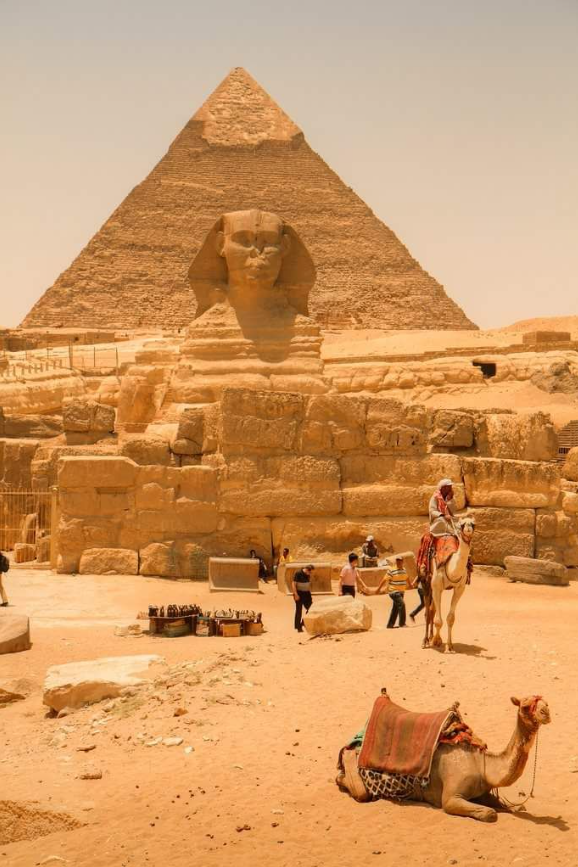The Great Sphinx of Giza stands as one of the most iconic and mysterious symbols of ancient Egypt. Despite extensive studies spanning centuries, the allure of the “sphinx enigma” continues to spark debate among historians, archaeologists, and enthusiasts of antiquity. Sculpted from a single limestone block on the Giza plateau, the Sphinx amazes with its grand scale and formidable presence, yet questions about its origins and purpose persist. This article delves into its excavation history, significant findings, and contemporary research that attempts to unravel this ancient riddle.
Understanding the Great Sphinx’s Mystery
At first glance, the Sphinx might appear to be a well-understood monument, given the myriad of books, academic papers, and documentaries discussing its size, symbolic role, and significance in the fabric of ancient Egyptian society. Nonetheless, the continuing “sphinx enigma” draws us back to this wonder, urging ongoing exploration and deeper inquiry.
The Cultural Significance of the Sphinx in Ancient Egypt
Traditionally viewed as the protector of the Giza plateau, the Sphinx is likely tied to a cohesive architectural scheme alongside the nearby pyramids. Egyptians held mythical entities that combined human and animal features in high regard, believing they served as intermediaries between divine realms and humanity. With its human visage and lion’s form, the Sphinx embodies the pharaoh’s might and his divine mandate to govern. The notion that the Sphinx was crafted to honor a specific ruler is a popular theory, although some alternative hypotheses suggest it could predate the commonly accepted timeline.
The Enduring Fascination with the “Sphinx Enigma”
The realm of ancient Egyptian history is vast and layered, with every new revelation having the potential to challenge previously established notions about this civilization. The “sphinx enigma” is particularly significant in this regard, as there remains no clear agreement on the monument’s age, its original facial features, or its role in the political and spiritual life of ancient Egypt. Furthermore, the Sphinx is a top tourist attraction, which boosts research efforts aimed not only at understanding its past but also at ensuring its preservation for future generations.
Early Observations and Initial Research
The earliest systematic accounts of the Sphinx can be traced back to antiquity. Greek historians, including Herodotus, mentioned this remarkable monument, but their accounts lacked comprehensive detail. It wasn’t until the 17th century, with the rise of European travelers to Egypt, that more thorough descriptions, illustrations, and maps began to surface.
Legendary Narratives Surrounding the Sphinx
Over the ages, the Sphinx has been enveloped in various legends. Some myths depict it as a guardian of treasures, while others attribute it with divine abilities to protect or punish. Medieval scholars from the Islamic world added to its mystique with their narratives, presenting the Sphinx as a creature endowed with prophetic insights. These diverse traditions have furthered the mystique of the Sphinx and fueled an ongoing quest for a deeper understanding.
Explorers and Archaeological Pioneers (17th–19th Centuries)
During an era marked by global explorations and the Enlightenment, European explorers journeyed extensively, including to Egypt. In the 18th century, French traveler and artist Frederic-Louis Norden made notable sketches and descriptions of Egyptian relics, including the Sphinx. However, it wasn’t until Napoleon’s campaign in Egypt (1798–1801), which brought together scholars across multiple fields, that comprehensive studies began. This era witnessed the first extensive measurements and depictions of the Sphinx. In the 19th century, scholars like Jean-François Champollion, who famously deciphered hieroglyphics, played crucial roles in fostering interest in the archaeological treasures of the Giza plateau, even as much of the Sphinx remained concealed by sands.
Significant Archaeological Efforts in the 20th Century
The early 1900s marked a pivotal moment for Egypt as a hub for groundbreaking archaeological findings. Sponsored by numerous European and American museums and academic institutions, significant excavations took place, gradually revealing the Great Sphinx from centuries of sand deposition.
Innovative Excavation Techniques and Findings
The shift from enthusiastic amateurs to methodical archaeologists equipped with scientific tools marked a new chapter in exploration. Advanced geodetic equipment was utilized, and detailed photographic records were created. Aerial photography became a vital component of research strategy. Stratigraphic excavations were crucial in uncovering the timeline of how the Sphinx became buried in sand. Researchers learned that the monument had undergone several restorations, and its original form may be quite different from today’s appearance.
Influences of Political Contexts on Research Directions
The exploration and understanding of the Sphinx have been shaped by the changing political landscapes, impacting how research was conducted and the focus areas prioritized by scholars over time. Each era has added another layer of meaning to this ancient structure, reinforcing its status as one of the most fascinating enigmas in the study of ancient civilizations.




